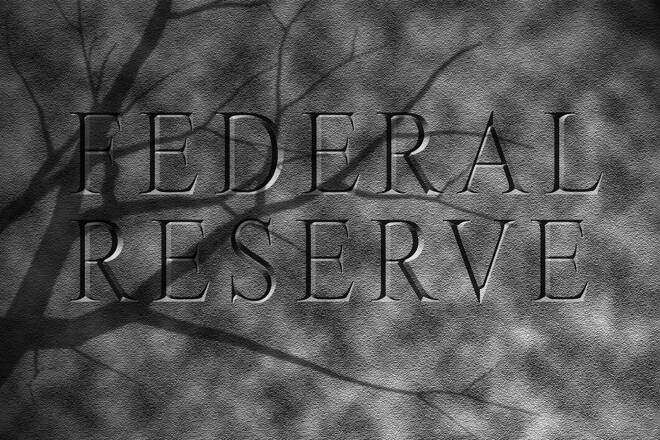Advertisement
Advertisement
US Rail Strike Risks Exacerbating the Fed’s Inflation Headache
By:
In light of recent data showing that US core price pressures continue to heat up, a strike-induced supply shock is the last thing the Fed needs.
Key Points
- US railroad transportation could be hobbled by strikes as soon as 17 September, possibly costing the economy $2B per day.
- The strike threatens to create a new supply shock in US energy, food and other commodity markets.
- Any supply-shock-induced inflation could further complicate things for the Fed, which is battling to cool still rampant US inflationary pressures.
Railroad Strikes Could Cost $2B Per Day, Hobble the US Food, Energy Industries
In the absence of a breakthrough in negotiations between two hold-out rail worker labor unions, railroad operators and US government officials, tens of thousands of rail workers are set to go on strike from Saturday 17 September, hobbling transportation across all major US railways.
According to the Association of American Railroads, which represents operators such as CSX, Union Pacific, BNSF, Norfolk Southern and Kansas City Southern, the strike could cost the US economy as much as $2 billion per day, should it go ahead, given its impact on the transportation of goods and people across the country at a time when inflation is already sky high and supply chains have only just been able to recover properly from pandemic-related disruptions.
Representatives from the energy and food industries have been sounding the alarm. “Coal would stop,” the CEO of Xcoal Energy & Resources LLC, the biggest US coal exporter, told Bloomberg, potentially complicating the US energy picture at a time when the country has been focused on increasing fossil fuel exports to Europe, which continues to suffer as a result of reduced energy flows from Russia.
Another CEO of a major US agricultural supply company told Bloomberg that the stoppage could disrupt the flow of fertilizer to farmers just as they plan to apply it to crops, before adding that a strike would be “brutal for farmers, the industry and the public”.
The fact that the White House got directly involved in negotiations earlier this week speaks to the severity of the situation. Railroad operators have been urging the US Congress to prevent the strikes with new legislation. That presents a dilemma for the Democrat Party, who currently holds a (slim) majority in both houses, as they have typically been pro-union, but will also want to avert any strike that may worsen nationwide economic conditions.
Strikes Could Complicate Things for the Fed
The strike has the potential to worsen the Fed’s inflation headache. Inflation as per the US Consumer Price Index (CPI), hit multi-decade highs earlier this year and the Fed has been lifting interest rates aggressively in order to try and cool things down.
Whilst headline price pressures in the US appear now to have peaked, CPI data for August released on Tuesday showed an unexpected heating up of core price pressures. This forced the market to bump expectations for where US interest rates will peak next year higher by around 25 bps to around 4.25%.
Recovery in pandemic-affected supply chains had been one factor, combined with substantially lower gas prices, behind why headline price pressures in the US have peaked in recent months. Nationwide rail strikes, were they to drag on for a significant time, could potentially introduce another supply shock to the US economy that could make the Fed’s job of bringing inflation back to 2.0% even more difficult.
The central bank is expected to raise interest rates by 75 bps at its next two meetings, which would take the benchmark interest rate target range to 3.75-4.0%.
About the Author
Joel Frankauthor
Joel Frank is an economics graduate from the University of Birmingham and has worked as a full-time financial market analyst since 2018. Joel specialises in the coverage of FX, equity, bond, commodity and crypto markets from both a fundamental and technical perspective.
Advertisement
